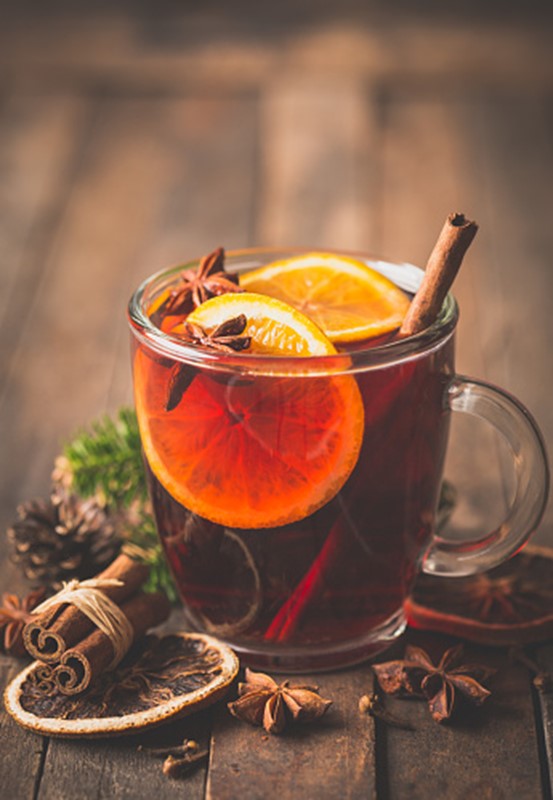We spent a lot of time in 2020 talking about the immune system… and how you can make it stronger – and younger – in order to protect yourself from diseases of all kinds.
But did you know your brain has its own unique immune system?
And that you can activate this immunity to protect your brain power – or more specifically, your memories.
You see, the cells that make up your regular immune shield can’t reach your brain because of the blood-brain barrier.
So your brain developed its own immune defense called the microglia. These specialized cells are linked to everything from early brain development to protection against diseases like Alzheimer’s and dementia.
Microglia belong to a group of non-neuronal cells called glia. Until recently, it was believed these were just “worker” cells that existed simply to support the neurons that did all the heavy lifting we call thinking.
Today we know they do so much more. The microglia also help neurons connect, clear away dead or damaged cells and defend your brain from external foreign invaders such as microbes and germs.
Perhaps their most important job, though, is to protect your brain against internal threats… including the misfolded proteins that form the amyloid plaques that develop into Alzheimer’s disease.1
And now, breakthrough research from Germany has shown you can activate your microglia to help eliminate amyloid plaques – and therefore prevent the progression of this mind-destroying, memory-robbing disease.2
Let me explain…
The scientists identified an antibody that binds to a receptor on the microglia. When activated, this antibody stimulates the microglia to live longer, divide more quickly and detect abnormal substances more easily.
In the study, mice treated with the antibody saw their amyloid plaques reduced and even destroyed compared to the untreated animals.3
This research backs up an earlier study that found higher concentrations of this receptor is associated with reduced memory loss and less brain degeneration in Alzheimer’s patients.4
Big Pharma is hoping this research will help them develop a “promising” new Alzheimer’s drug.5 But after looking at their track record, I don’t hold out much hope… You see, the reality is more than 99% of Alzheimer’s drugs fail in clinical trials. And the two that the FDA approved have terrible side effects including high blood pressure, confusion, dizziness, difficulty breathing, chest pain and seizures.
Fortunately, you don’t need their dangerous drugs. Nature has provided a wealth of nutrients that safely and effectively activate your microglia to protect against memory loss. Here are a two that I recommend to my patients…
Protect your memories in 2021 – and always

-
- Gastrodin. For thousands of years, traditional Chinese medicine used the root of an exotic orchid called Gastrodia elata to treat a range of cognitive problems. Today researchers are discovering gastrodin acts as a broad-spectrum “brain shield” that has regenerative properties that can unlock your brain’s own self-healing regenerative powers. Studies show supplementing with gastrodin can rebalance neurotransmitters, improve blood flow, decrease memory loss, protect brain functions during a stroke, and reduce the risk of Alzheimer’s.6,7,8 I recommend 300 mg daily.
- Resveratrol. I’ve been a fan of resveratrol for a long time because of its anti-aging qualities, especially when it comes to your heart. But new research shows it also has the power to improve brain function and protect memory. In the study, Alzheimer’s patients took a resveratrol supplement for 52 weeks.9 Compared to the placebo-treated group, the reseveratrol patients scored higher on cognitive tests, had less neuroinflammation, and induced adaptive immunity. A second study found that this red wine compound protected microglia against cell death.10 Good food sources of the nutrient include raisins, peanuts, plums, cranberries, mulberries and purple grape juice. Or you can supplement with 100 mg of pure trans-Resveratrol per day. I suggest sipping this traditional mulled red wine holiday drink.
Ingredients
- 1 bottle red wine
- 1 whole orange, sliced
- 10 cloves
- 2 sticks cinnamon
- 1 star anise
- ¼ tsp ground nutmeg
- 2 tablespoons organic honey
- ¼ cup brandy Instructions
Directions
- Stir together all ingredients in a saucepan. Heat on low-medium heat until mixture is bubbling.
- Once bubbling, adjust heat to let simmer for at least a half hour (or longer). Strain before serving.
To Your Good Health,

Al Sears, MD, CNS
1. Carroll J, et al. “Microglia are critical in host defense against prion disease.” J Virol. 2018 Jul 17;92(15):e00549-18.
2. https://neurosciencenews.com/alzheimers-immune-cells-15891/
3. Schlepckow K, et al. “Enhancing protective microglial activities with a dual function TREM2 antibody to the stalk region.” EMBO Mol Med. 2020. EMBO Mol Med. 2020 Apr 7;12(4):e11227.
4. Ewers M, et al. “Increased soluble TREM2 in cerebrospinal fluid is associated with reduced cognitive and clinical decline in Alzheimer’s disease.” Sci Transl Med . 2019 Aug 28;11(507):eaav6221. doi: 10.1126/scitranslmed.aav6221.
5. https://www.technologynetworks.com/neuroscience/news/inflammation-dampening-antibody-could-be-route-to-new-alzheimers-treatment-339036
6. Ramachandran U, et al. “Tianma modulates proteins with various neuro-regenerative modalities in differentiated human neuronal SH-SY5Y cells.” Neurochem Int. 2012 Jun;60(8):827-36.
7. Manavalan A, et al. “Gastrodia elata Blume (tianma) mobilizes neuro-protective capacities.” Int J Biochem Mol Biol. 2012;3(2):219-41.
8. Zhang CY, et al. “Effects of tianma gouteng fang on transmitter amino acids in the hippocampus extracellular liquids in freely moving rats subjected to brain ischemia.” Zhongguo Zhong Yao Za Zhi. 2004 Nov;29(11):1061-5.
9. Torres-Pérez M, et al., (2015). “Resveratrol enhances neuroplastic changes, including hippocampal neurogenesis, and memory in Balb/C mice at six months of age.” PLOS One. 2015. 22;10(12):e0145687.
10. Wiedemman J, et al. “Resveratrol induces dynamic changes to the microglia transcriptome, inhibiting inflammatory pathways and protecting against microglia-mediated photoreceptor apoptosis.” Biochem Biophys Res Commun . 2018 Jun 18;501(1):239-245.

